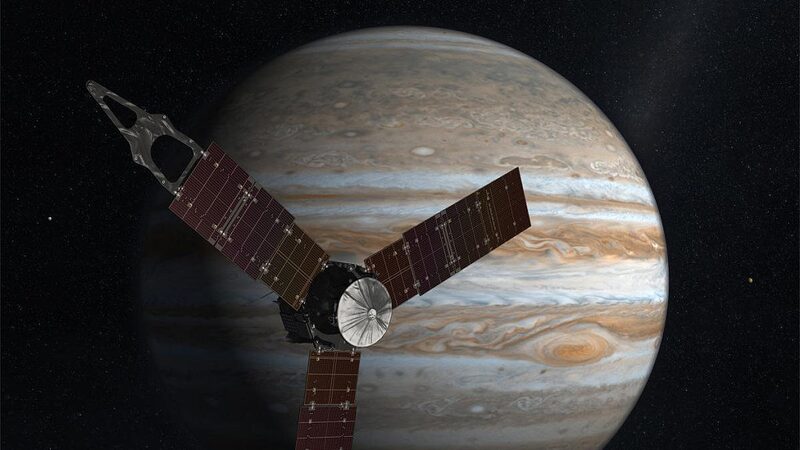
New Moon Samples Reveal Unexpected Revival of Lunar Magnetic Field
China’s Chang’e-6 mission reveals an unexpected resurgence in the moon’s magnetic field, challenging existing theories about lunar magnetism.
My Global News: Voices of a New Era
🌍 Stay Ahead, Stay Global 🚀

China’s Chang’e-6 mission reveals an unexpected resurgence in the moon’s magnetic field, challenging existing theories about lunar magnetism.
New research reveals that Voyager 2’s 1986 flyby of Uranus was influenced by an unusual solar wind event, leading to revised understanding of the planet’s magnetosphere.

China’s Zhurong rover provides new evidence of an ancient Martian ocean, offering insights into Mars’ history and its potential to support life.

China’s Shenzhou-18 crew, Ye Guangfu, Li Cong, and Li Guangsu, are set to return to Earth on November 4 after a successful mission in space, contributing to advanced scientific research.

China launches the Shenzhou-19 crewed mission to its space station, embarking on a six-month journey filled with scientific experiments and technological advancements.

China has launched its first national space science plan, outlining ambitious goals and a detailed roadmap for space exploration and innovation through 2050.

China’s State Council Information Office announces a new mid- and long-term plan for space science development, outlining future goals with key officials.
China’s CNSA plans to provide Chang’e-6 lunar soil samples to scientists worldwide, fostering deeper international collaboration in space exploration.

NASA’s Juno mission has developed the first complete 3D radiation map of Jupiter’s system, highlighting radiation near Europa and the influence of smaller moons.

Over 200 teams from 50+ countries competed in ISSSP2024, showcasing innovative payload designs in Hong Kong. Join our special roundtable with space science experts.